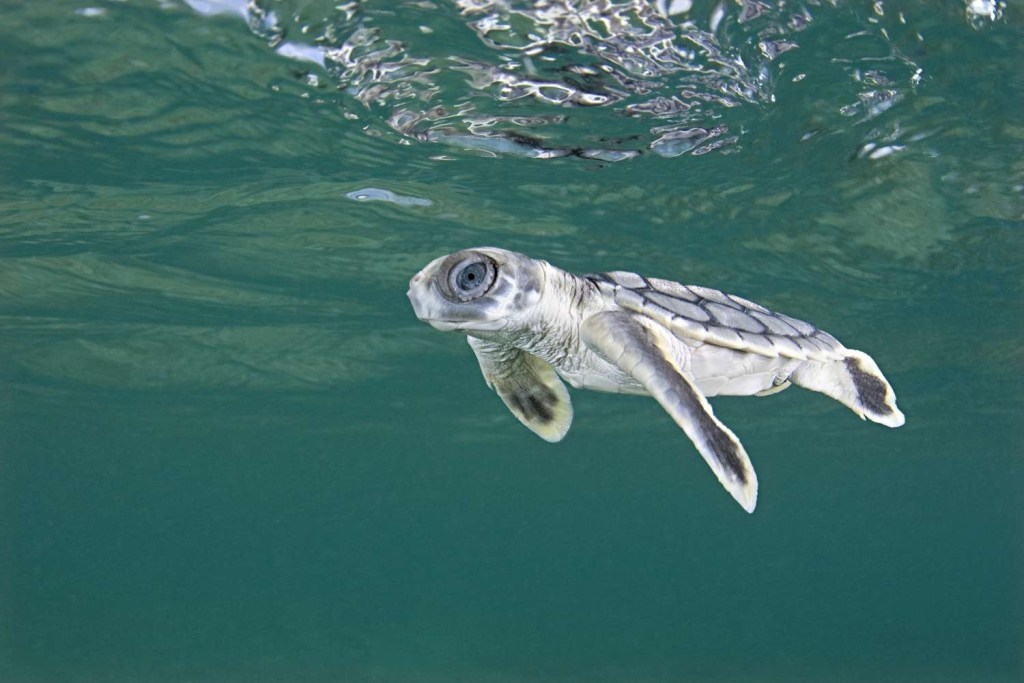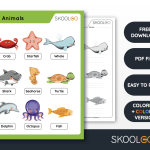Unveiling The Fascinating World Of Ocean Omnivore Animals: Dive In And Discover!
Ocean Omnivore Animals: A Fascinating World of Mixed Diets
Have you ever wondered about the diverse range of diets found in the mesmerizing underwater world? From the gentle giants to the small and mighty, ocean omnivore animals play a crucial role in maintaining the delicate balance of marine ecosystems. As an avid marine enthusiast, I have had the privilege of observing these fascinating creatures in their natural habitat. In this article, I will share my insights and experiences, shedding light on the what, who, when, where, why, and how of ocean omnivore animals.
What are Ocean Omnivore Animals?
Ocean omnivore animals are unique creatures that have the remarkable ability to consume both plants and animals. Unlike strict carnivores or herbivores, they possess a versatile digestive system that allows them to make the most of the available food sources in their marine environment. These animals play a crucial role in the food chain, acting as both predators and scavengers, ensuring the overall health and stability of the ecosystem.
2 Picture Gallery: Unveiling The Fascinating World Of Ocean Omnivore Animals: Dive In And Discover!


Who are the Ocean Omnivores?
The world of ocean omnivore animals is diverse and teeming with life. Some notable examples include sea turtles, seagulls, crabs, lobsters, and certain species of fish like triggerfish and clownfish. Each of these animals has unique adaptations and behaviors that enable them to thrive in their respective underwater habitats.
When and Where Can You Find Ocean Omnivore Animals?

Image Source: b-cdn.net
Ocean omnivore animals can be found in various marine environments around the world. From the tropical coral reefs of the Pacific Ocean to the icy waters of the Arctic, these creatures have managed to adapt and survive in a wide range of conditions. Whether you’re snorkeling in the Great Barrier Reef or exploring the kelp forests of California, there’s a good chance you’ll encounter one of these fascinating animals.
Why are Ocean Omnivore Animals Important?
The role of ocean omnivore animals in maintaining the health of marine ecosystems cannot be overstated. By consuming both plants and animals, they prevent the overgrowth of certain species while ensuring the survival of others. This delicate balance is essential for the overall biodiversity and stability of coral reefs, seagrass meadows, and other underwater habitats. Furthermore, these animals serve as indicators of ecosystem health, as any disturbance in their populations can highlight underlying issues in the environment.
How Do Ocean Omnivore Animals Adapt to Their Mixed Diet?
To thrive on a mixed diet, ocean omnivore animals have developed specialized adaptations. Sea turtles, for example, possess strong jaws and sharp beaks that enable them to consume both seagrass and jellyfish. Seagulls have a diverse diet that includes fish, crustaceans, and even small mammals. Crabs and lobsters have powerful pincers that allow them to crack open shells and feast on various marine organisms. These adaptations ensure that ocean omnivores can make the most of the available food sources in their environment.
Frequently Asked Questions about Ocean Omnivore Animals
Q: Are all marine animals omnivores?

Image Source: thoughtco.com
A: No, not all marine animals are omnivores. There are strict carnivores that only consume meat, such as sharks, and strict herbivores that primarily consume plants, such as sea cows.
Q: Do ocean omnivores have any predators?
A: Yes, ocean omnivores have predators, just like any other animal. Sharks, larger fish, and seabirds are some of the common predators of ocean omnivore animals.
Q: Can ocean omnivores survive in captivity?
A: While some ocean omnivore animals can survive in captivity, it is essential to provide them with a suitable environment and a varied diet that mimics their natural habitat.
Types and Sizes of Ocean Omnivore Animals
Ocean omnivore animals come in a wide range of types and sizes. Sea turtles, for instance, can vary in size from a few inches to several feet in length, depending on the species. Seagulls, on the other hand, are typically small to medium-sized birds, while crabs and lobsters come in various sizes ranging from a few centimeters to several meters in length.
Benefits and Disadvantages of Ocean Omnivore Animals
Benefits:
1. Maintaining Ecosystem Balance: Ocean omnivore animals play a vital role in maintaining the delicate balance of marine ecosystems by regulating the populations of various species.
2. Nutrient Recycling: Through their scavenging activities, these animals contribute to nutrient recycling in the ocean, ensuring the availability of essential elements for other marine organisms.
3. Indicator of Ecosystem Health: Changes in the populations of ocean omnivores can serve as early indicators of environmental issues, prompting conservation efforts.
Disadvantages:
1. Vulnerability to Pollution: Ocean omnivore animals are often more susceptible to the negative impacts of pollution due to their varied diet and exposure to contaminated prey and habitats.
2. Overfishing Threat: Some ocean omnivore animals, such as certain fish species, are targeted by commercial fishing operations, putting their populations at risk.
3. Habitat Destruction: Destruction of vital habitats, such as coral reefs and seagrass meadows, can directly impact the survival of ocean omnivore animals.
Conclusion
Exploring the world of ocean omnivore animals has been an eye-opening experience that has deepened my appreciation for the intricate balance of marine ecosystems. These incredible creatures serve as a reminder of the interconnectedness of all life forms and the importance of preserving our oceans. From the magnificent sea turtles to the resourceful seagulls, each ocean omnivore plays a unique role in maintaining the health and resilience of our underwater world. As a responsible traveler and advocate for marine conservation, I highly recommend taking the time to learn more about these fascinating creatures and supporting efforts to protect their habitats.
This post topic: Ocean Wildlife

